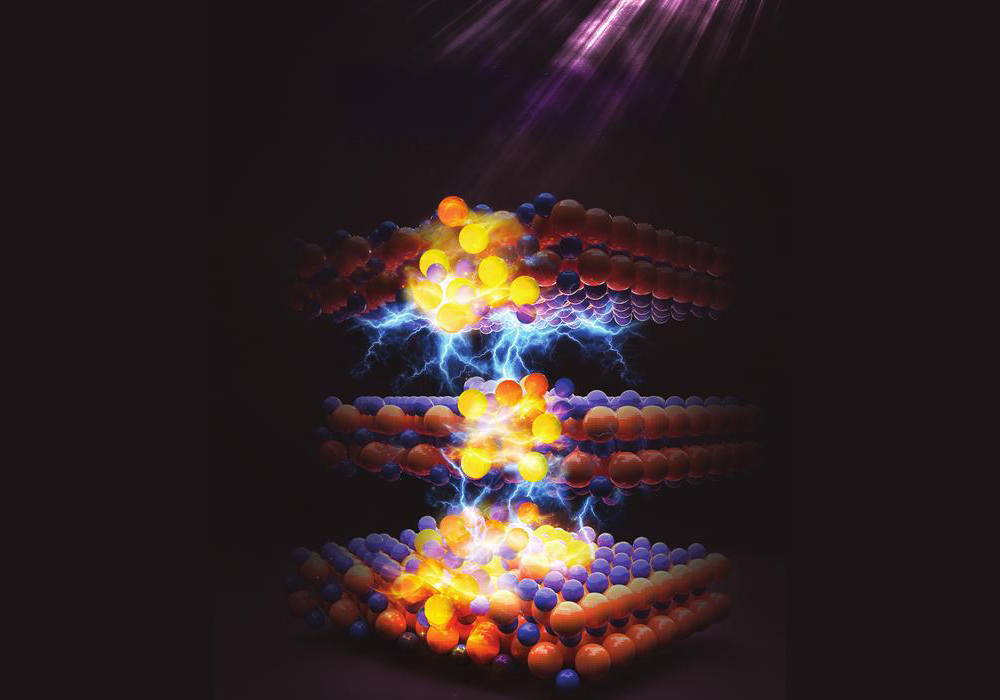At first glance, the light-emitting diode, or LED, beats the venerable incandescent bulb in every way. It’s compact, bright, long-lasting and, in its latest form, can produce a warm, white light. Best of all, it saves more than enough money on electricity to cover the extra cost.
But the LED is bedeviled by a problem, known as droop, that kicks in just as the power levels begin to get high enough for general lighting. At that point, the efficient device begins to turn wasteful: To get a little more light you have to put in a lot more power, and soon you kiss the extra efficiency goodbye. Nobody, as of yet, can explain droop in a way that is generally acceptable.
In the August issue of IEEE Spectrum, Richard Stevenson, a Wales-based physicist turned science writer, reviews the theories on droop and describes how scientists are finding ways to mitigate the problem – even without fully understanding it. Stevenson describes in clear terms exactly how an LED is made, how the modern blue-emitting ones – based on nitrides – differ from the older design, where the problem is believed to arise and what’s been done to redesign that region.
One group of scientists, led by the inventor of the blue nitride LED, Shuji Nakamura, began their reasoning with the observation that LEDs turn electricity into light by allowing electrons to recombine with their doppelgangers, positively charged “virtual” particles known as holes, to produce photons, or particles of light. The scientists argue that recombination takes place in certain apparent defects that in fact are necessary for the functioning of the device. They conclude that the limited number of defects puts a cap on how much power the LED can use efficiently – and thus explains droop.
Another group of scientists believes that some of the electrons and holes leak out of the place they’re supposed to be, and that this leakage prevents recombination.
Still another group asserts that the problem is in the inefficiency of the recombination process itself. In certain cases, recombination yields not photons but phonons – virtual “particles” of vibrations or heat that drain the energy away uselessly.
Meanwhile, as theorists squabble, practitioners have been making progress. Philips Lumileds Lighting Co. claims that it has conquered droop with a device based on specially engineered structures that increase the rate at which electrons and holes recombine.
CTT Categories
- Electronics
- Material Innovations

